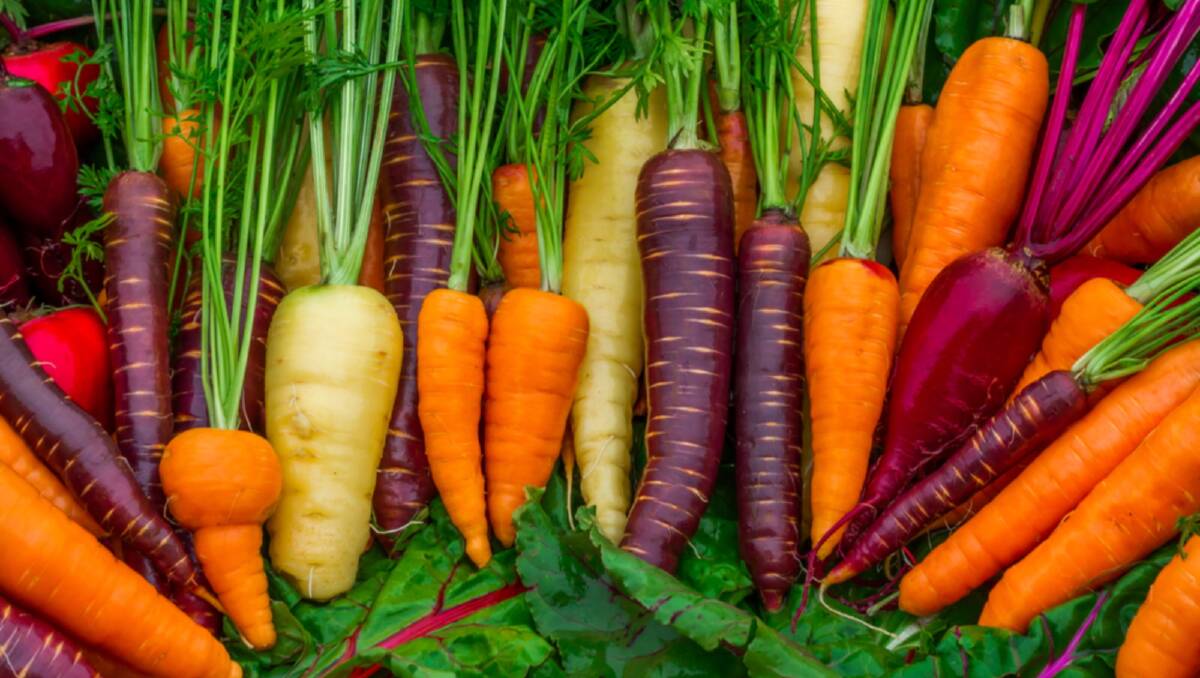
Autumn is the perfect time to get growing and the veggie patch is the ideal place to start.
By following the 10 steps below it won’t be long before you’re picking some freshies.
1. Renovate the soil; all garden soils can be improved by lightly cultivating the bed and incorporating organic matter such as compost and manures. Whether soils are sandy or heavy clays, a little elbow grease now will pay dividends in the future. Get the soil right and everything else will follow.
2. Improve drainage, veggies require good drainage; raised garden beds certainly assist with drainage but can dry out rapidly. Organic matter will help improve aeration and drainage of all soils.
3. Keep it simple, easy to grow crops such as silver beet, lettuce, carrots, Asian greens, cabbage, cauliflower, and kale will provide a bumper harvest for little effort. Impatient gardeners can buy established seedlings to get a jump on production. Garlic can be planted now but be patient, this is a long season crop. Short on space? Go vertical with peas that can be grown on a simple trellis.
MORE LIFESTYLE
4. Water regularly to get the best from your crops. Regular moisture is essential for young seedlings; they should not be allowed to dry out but at the same time care should also be exercised not to over water.
5. Monitor your crops, good gardeners are good observers, check crops daily and look closely for any signs of pests or disease. Take a sample or digital image to your local nursery for identification and advice on the most appropriate control measure if required.
6. Get connected; learn about gardening by subscribing to a gardening magazine. Visit your local community garden to get connected with other gardeners and above all enjoy the therapeutic benefits of growing your own.
7. Harvest crops as they mature, picking too late is all too often a problem encountered by new gardeners. Follow recommended harvest times on seed packs or consult a nursery professional.
8. Mulch, mulch, mulch, use an organic mulch to retain soil moisture and prevent weeds germinating, sugar cane mulch or pea straw is ideal for veggie gardens.
9. Avoid over fertilising, too much of a good thing can damage crops. Liquid organic fertilisers are the best option and be sure to follow the label recommendations.
10. Above all have fun and get your fingers dirty, life’s a garden dig it!
